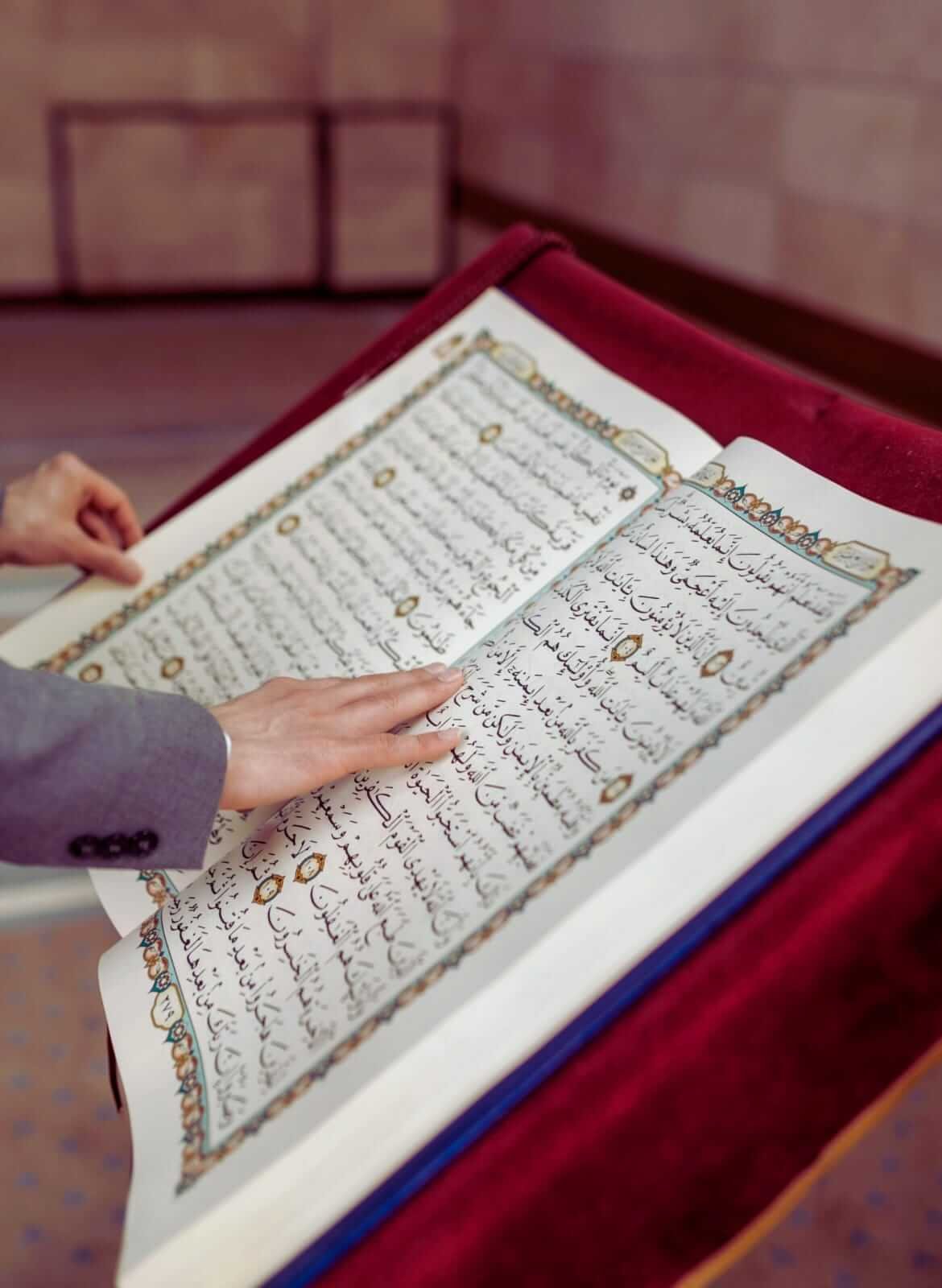

Our Shia Quran Tajweed classes are designed to help Muslims worldwide, particularly those in the USA, UK, Canada, and Australia, improve their Quran recitation skills. With personalized instruction, students can master Tajweed principles like Makharij al-Huroof (correct articulation of letters) and Sifaat al-Huroof (characteristics of letters). By learning the proper rules, students not only enhance their recitation but also deepen their connection to the words of Allah.

Tajweed ensures the Quran is recited exactly as it was revealed, preserving the accuracy of Allah’s words. It enhances the beauty and fluency of recitation, making it melodious and spiritually uplifting. Correct pronunciation reflects the reverence and care every believer should exhibit toward the Quran.
Start Classes Now
Beyond technical rules, discover how Ahlulbayt (AS) approached Quranic recitation. Integrate adab (etiquette) and tawajjuh (presence of heart) into your practice for transformative worship.ensuring that the message of Allah is conveyed accurately and effectively.
Start Classes NowTajweed is an essential part of Quranic recitation. By adhering to the rules of Tajweed, Muslims can ensure that their recitation is both beautiful and precise. Here are the key components of Tajweed taught in our Shia Quran Tajweed classes:
Mastering these elements not only improves the technical aspects of Quranic recitation but also enhances its spiritual impact. At Shia Online Quran Class, we take pride in providing expert instruction tailored to students’ needs, helping them achieve fluency and confidence in their recitation.
Our Shia Quran Tajweed classes stand out for their quality instruction and student-focused approach. Here’s why students from all over the world trust us for their Quranic education:
Join us today to experience the transformative power of learning Tajweed. Our dedicated instructors will guide you step by step, ensuring you recite the Quran beautifully and accurately, while strengthening your bond with Allah.
Discover the beauty of Quranic recitation with Tajweed principles rooted in Shia teachings. Enroll in our Shia Quran Tajweed classes today and start your journey toward mastering the art of reciting the Holy Quran.